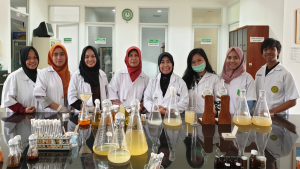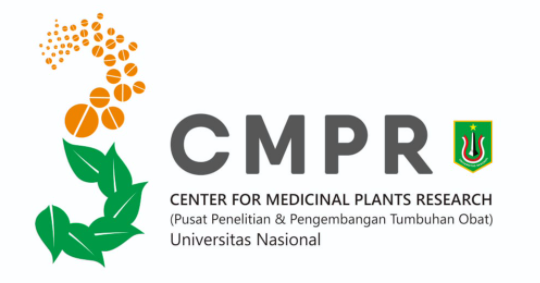Ernawati Sinaga, Ami Fitrayadi, Asrori Asrori, Sri Endarti Rahayu, Suprihatin Suprihatin, Vivitri Dewi Prasasty
ABSTRACT
 Context: Pandanus Odoratissimus Linn. (Pandanaceae) seed extract is known to have antioxidant activities. However, the potential hepatoprotective effect is still unclear.
Context: Pandanus Odoratissimus Linn. (Pandanaceae) seed extract is known to have antioxidant activities. However, the potential hepatoprotective effect is still unclear.
Objective: To investigate the hepatoprotection aspect of P. odoratissimus methanol extract towards paracetamol-induced rats.
Materials and methods: Thirty male Sprague–Dawley rats were randomly divided into six equal groups: one group served as the healthy control and five groups with hepatotoxicity (hepatotoxic control and 4 treatment groups). The oral treatment of paracetamol-induced hepatotoxicity of 3g/kg using three different concentrations of P. odoratissimus (300, 600 and 900mg/kg), and silymarin (200mg/kg) groups were administered once a day for 14 days. Enzyme activities and protein levels in serum were determined in rats at the end of the treatments. The histopathology of rat livers was observed under an electron microscope with 10 magnification.
Results: Pandanus odoratissimus significantly decreased the serum glutamic-oxaloacetic transaminase (SGOT), serum glutamic pyruvic transaminase (SGPT), alkaline phosphatase (ALP) and c-glutamyl transferase (GGT) activities in induced-paracetamol rat serum (p < 0.05). Moreover, P. odoratissimus significantly decreased total bilirubin and direct bilirubin levels (p<0.05). It significantly blocked the decline of serum albumin and protein levels (p<0.05). Histopathological changes amplified paracetamol-induced liver damage and the hepatoprotective effect of P. odoratissimus in the liver.
Discussion and conclusions: Pandanus odoratissimus improved the hepatoprotective effect in a concentration-dependent manner by reducing related hepatic enzyme and protein markers, suggesting as a useful agent in hepatotoxicity treatment, and it can be generalized to a broader study population in different hepatotoxic animal models.
Keywords: antioxidant; Anti-hepatotoxicity; histopathology; silymarin.
Full paper: https://pubmed.ncbi.nlm.nih.gov/33403907/

